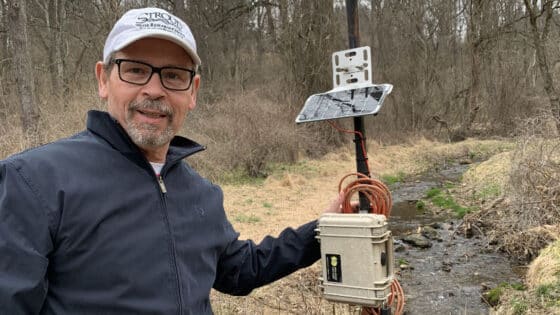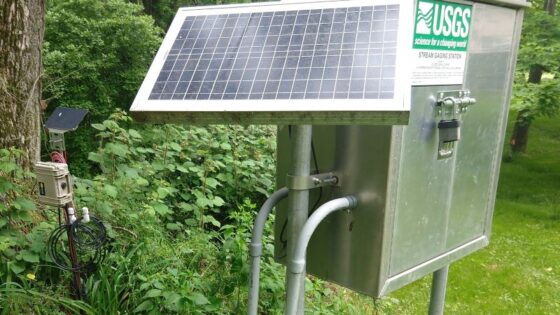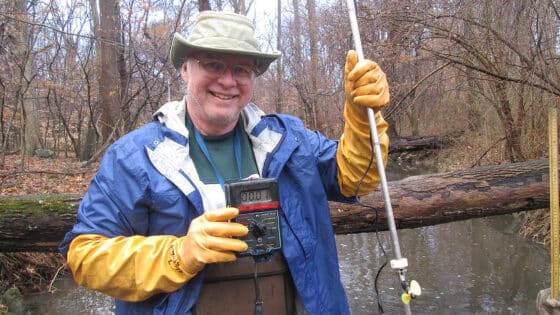MEDIA ALERT
FOR IMMEDIATE RELEASE: December 10, 2014
FOR MORE INFORMATION CONTACT:
Beverly M. Payton, Communications Director
Environmental Monitoring Web Community to be Launched at American Geophysical Union Meeting
“Having thousands of people watching our environment 24/7 and sharing those observations with the world can transform the way we monitor and protect environmental resources.”
— Anthony Aufdenkampe, Ph.D., Stroud Water Research Center
SAN FRANCISCO—An online community for do-it-yourself environmental monitoring enthusiasts will eventually help environmental scientists and planners around the globe better observe and quantify the effects of land use and climate change. That’s the vision forEnviroDIY.org, developed by Stroud Water Research Center in affiliation with the Christina River Basin Critical Zone Observatory. The website will be launched December 15 at the American Geophysical Union fall meeting at the Moscone Center, 747 Howard Street, San Francisco, Calif.
“Our first goal is to create a vast community of people who share ideas that massively accelerates the development of easy-to-use, open-source approaches to environmental monitoring,” said Anthony Aufdenkampe, Ph.D., head of geochemistry at Stroud Water Research Center, who will present the website on Monday afternoon (1:40-6:00 p.m.) in Moscone West Poster Hall. “That will ultimately lead to an explosion of measurements.”
Aufdenkampe says that having more data will help us: pinpoint the places we need to protect, identify those who are degrading the environment, evaluate which restoration practices work and which ones don’t and develop more effective approaches to protecting our environment.
The development team got its inspiration from DIYdrones.com , an online community of about 60,000 amateur builders of unmanned aerial vehicles and Weather Underground, a website that aggregates data from backyard weather stations installed by citizen-scientists. That data feeds weather models and weather stations.
“We want to create a similar environment and get people to put monitoring stations all over their watersheds,” says Aufdenkampe.
After EnviroDIY members build or buy environmental sensing devices developed by the EnviroDIY community, they will upload their data to the Monitor My Watershed application that’s part of WikiWatershed. [Susan Gill, Education Director at Stroud Water Research Center, will present an invited talk on WikiWatershed Thursday at 4:45-5:00 pm at Moscone South 308]
All EnviroDIY members will be able to post to Gadget Showcase and other blogs and ask or answer questions without having to go through an administrative gatekeeper. EnviroDIY members are also encouraged to register with one of several specific interest groups, including: data logger developers, sensor developers, data managers, researchers, K-12 educators, and citizen scientists.
EnviroDIY visitors can now access tutorials, such as one created by Shannon Hicks, electrical engineer at Stroud Water Research Center, that explains how to build sensor platforms using low-cost, reliable, open-source electronics.



